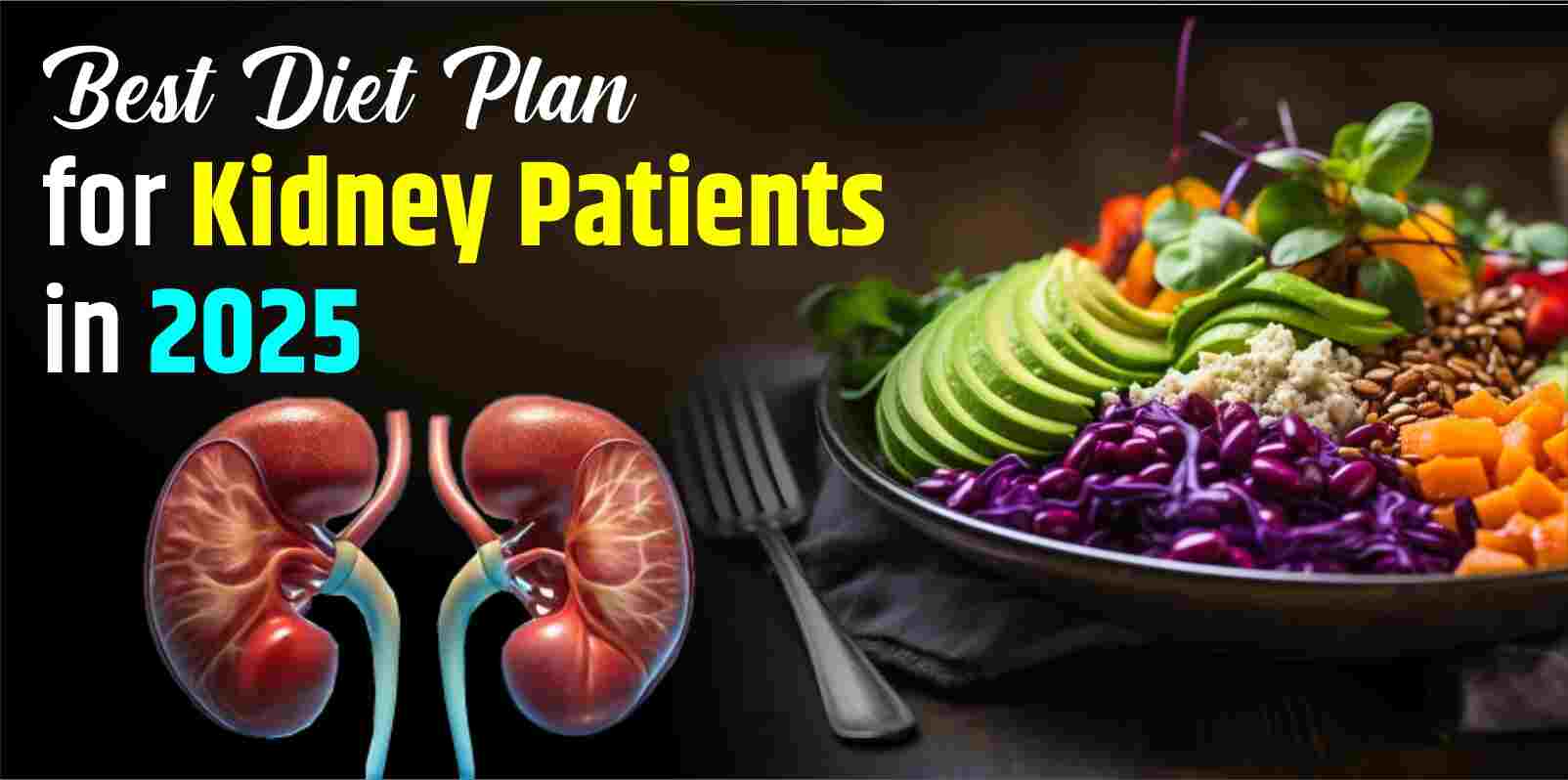
If you or someone you love is living with kidney issues, first of all, big hugs. It’s not always easy, but with the right guidance and care, life can still be full of flavor and wellness. A key part of managing kidney problems is, yep, you guessed it, your diet.
But don’t worry, that doesn’t mean boring, tasteless food. Especially here in India, we’re blessed with a beautiful bounty of Indian food for kidney patients and traditional recipes that can help nourish and heal.
Let’s take a friendly walk through what a kidney patient diet chart can look like in 2025: simple, delicious, and customized for you.
Your kidneys are like the body’s filtration system. They remove waste, extra water, and keep your mineral balance in check. When they’re not working at their best (due to chronic kidney disease or other issues), your diet needs to pick up some of that load. That means:
So, your food choices truly become your healing medicine. And Ayurveda beautifully supports this idea by saying, “Aahar hi aushadhi hai”, food is the real medicine.
While each kidney patient’s condition is unique, here are some golden rules you’ll likely hear from both allopathic and Ayurvedic experts:
Let’s now break it down into a full day’s diet for CKD patients in India: flavorful, satisfying, and kidney-kind.
Start your day gently. Avoid strong stimulants like coffee or black tea. Instead, go for something soothing:
Let’s keep it light, balanced, and nourishing.
Tip: Avoid bananas, oranges, or papaya if your potassium levels are high. Opt for low potassium Indian foods for good renal health.
Hungry again? Don’t reach for those biscuits! Try:
Lunch should be the heaviest meal of the day, but still easy to digest. Here’s a typical kidney-friendly Indian thali:
Avoid: Pickles, papads, curd, and spicy gravies.
Let your body rest and digest. A short walk or a light rest is perfect.
If hungry, go for a few slices of watermelon (only if your potassium is normal) or a small cup of stewed apple.
This is often a tricky time when we all crave snacks.
Note: Avoid coffee, deep-fried pakoras, and bakery snacks.
Keep dinner simple, light, and soothing. Here’s a gentle Indian plate idea:
Skip: Roti (if phosphorus is high), heavy lentils, spicy curries.
These natural Ayurvedic herbs and remedies are often recommended in gentle doses (but only under supervision, especially for CKD patients):
Always consult your Ayurvedic doctor before including these; dosages vary based on your stage of kidney health.
These are best kept off your plate, unless a doctor or dietitian approves:
Living with kidney disease doesn’t mean living without joy or good food. In fact, when you start eating for your kidneys, you start discovering a new way of mindful living. The colors, smells, textures, and tastes of Indian food present in the renal diet plan in India, when combined with wisdom from Ayurveda and modern science, can bring immense healing.
So go ahead, give your kidneys some love with every bite. And remember, you’re not alone in this journey. With a little planning, a touch of tradition, and a heart full of hope, 2025 can be your year of health and balance.
Ans.
Low sodium, controlled protein, limited potassium/phosphorus, and fluid balance.
Ans.
White rice, suji, poha, and wheat flour in moderation.
Ans.
Use jeera, haldi, hing, dhania, and lemon for taste without salt.
Ans.
Limit tomato, spinach, beans, chana dal, and rajma due to high potassium/phosphorus.
Ans.
Use small portions, spread across meals, based on CKD stage and doctor’s advice.
Ans.
Yes—opt for homemade, low-salt, low-phosphorus options like suji halwa or murmura chaat.

Certificate no- AH-2023-0186
JAN 05,2023-JAN 04,2026
"Ayurveda is not just a system of medicine; it's a way of life. Connect with us to embrace a lifestyle that nurtures your body, mind, and soul."
Book Consultation Now